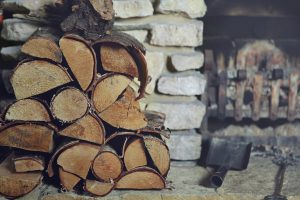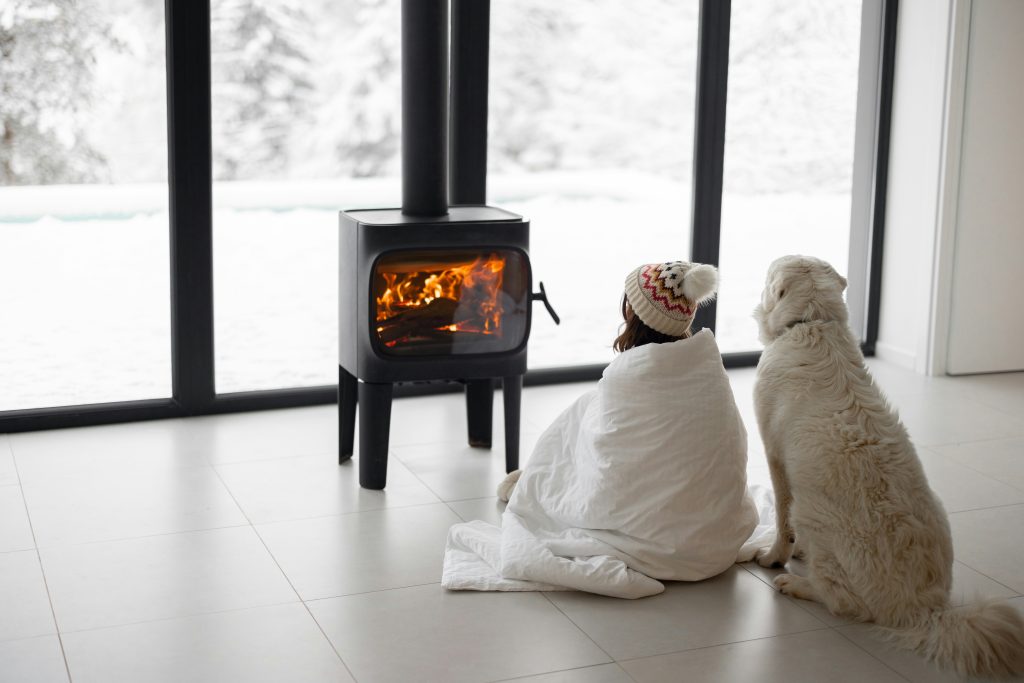Winter brings classic scenes from novels and movies to life — white snow that adorns trees, warm mugs of chocolate, the delicious smell of Christmas cookies being baked, the season’s peppy music, and vibrant holiday decorations on the driveways. However, it also brings chilly temperatures, cold chills, and dry air. Dry air can impact your health and comfort. Luckily, there are ways to ensure comfortable conditions during the cold months. Here are some ways to keep the home warm and the air quality healthy.
Consider Using Humidifiers

Cold air can strip the environment of moisture, causing low humidity. This can lead to health issues, especially if you are susceptible to cold symptoms. It also makes the cold season difficult for people with asthma and other respiratory problems. You should aim to keep your home’s humidity levels between 40% and 60%, and humidifiers are effective for achieving this. Humidifiers add moisture to the air, thus improving air quality and promoting comfortable conditions during the winter. In addition, humidifiers can reduce damage caused by dry air to wood and paper in your house.
Upgrade Your Fixtures
Your windows, doors and fireplaces are essential for winter preparation. Consider changing your window panes to double- or triple-pane alternatives to ensure maximum insulation. You can also add weatherstripping to your windows and doors to protect you from dry air. Also, opt for insulation around your doors and windows. There are many types on the market, including batt and spray foam.

Fireplaces are another great way to keep your home warm. Though houses nowadays have thermostats, fireplaces still help create a comfortable temperature. However, keep in mind that when a fire is lit, it uses up the oxygen in the room and pulls in air from the surroundings to replace the ones it consumes. This could make the space further from the fireplace cold. To avoid this, consider installing an electric blow for better air circulation and a vent insert that uses outside air rather than inside.
Opt for a Smart Thermostat
Thermostats are one of the easiest ways to regulate the air temperature in your home. Upgrade your existing model to a smart thermostat, which allows you to schedule and set the temperature for different times of the day.
You could switch it on when you’re out and return to a warm home. Also, preset your smart thermostat to switch off when you’re not home or are sleeping. This helps save energy, reduce bills and keep the air in your house in an optimal condition.
Check for Gaps and Cracks
If your home has gaps and crevices, chances are warm air is escaping through them, and the cold draft is entering the space. This could cause the air to dry out faster and disrupt indoor temperature. No matter how high you crack your thermostat or fireplace, if your fixtures have leaks, indoor cold air is imminent.
Inspect for leaks in the door and window frames, ceilings, walls and floors, including the attic, basement and crawl spaces. Also, check where the walls meet the ceilings and floors for holes or cracks. If you find any, seal them using caulk or foam to ensure insulation.
Schedule Inspection, Repair, and Maintenance
Checking and servicing your heating system should be done before the cold season hits. Ensure the filters are clean and the furnace, boiler and heat pumps are in good shape. Filters should be changed every three months or as recommended.
Call professionals and schedule annual service appointments before the fall when usage becomes heavy. Seal the heating ducts, as these waste the most energy and compromise the system’s efficiency. Sealing the ducts can improve the system by 20% or even more.
Use Floor Coverings and Winter Clothes

Your windows could contribute to heat being dissipated to the outside, causing the air to lose its moisture. If you are on a budget and cannot change the window panes, consider using thick, blocking curtains or thermal blinds to keep the warm air in. Cold floors could also cause winter chills, so opt for carpets and rugs to cover the floor and add comfort. These coverings also accentuate your winter interior decorations. Alternatively, layer up and wear thermal socks to avoid chills. Bonus tip — dry your hats, mittens and socks on the radiator. This will help add moisture to the air, allow the clothes to dry quicker, and give you warm clothes.
Winterize Your Home for Better Air Quality and Warmth
Preparing for winter should start when the temperature is just beginning to drop. Therefore, it is essential to focus on all aspects of your house, not just the heating system, to ensure a snuggly and healthy winter for everyone.

